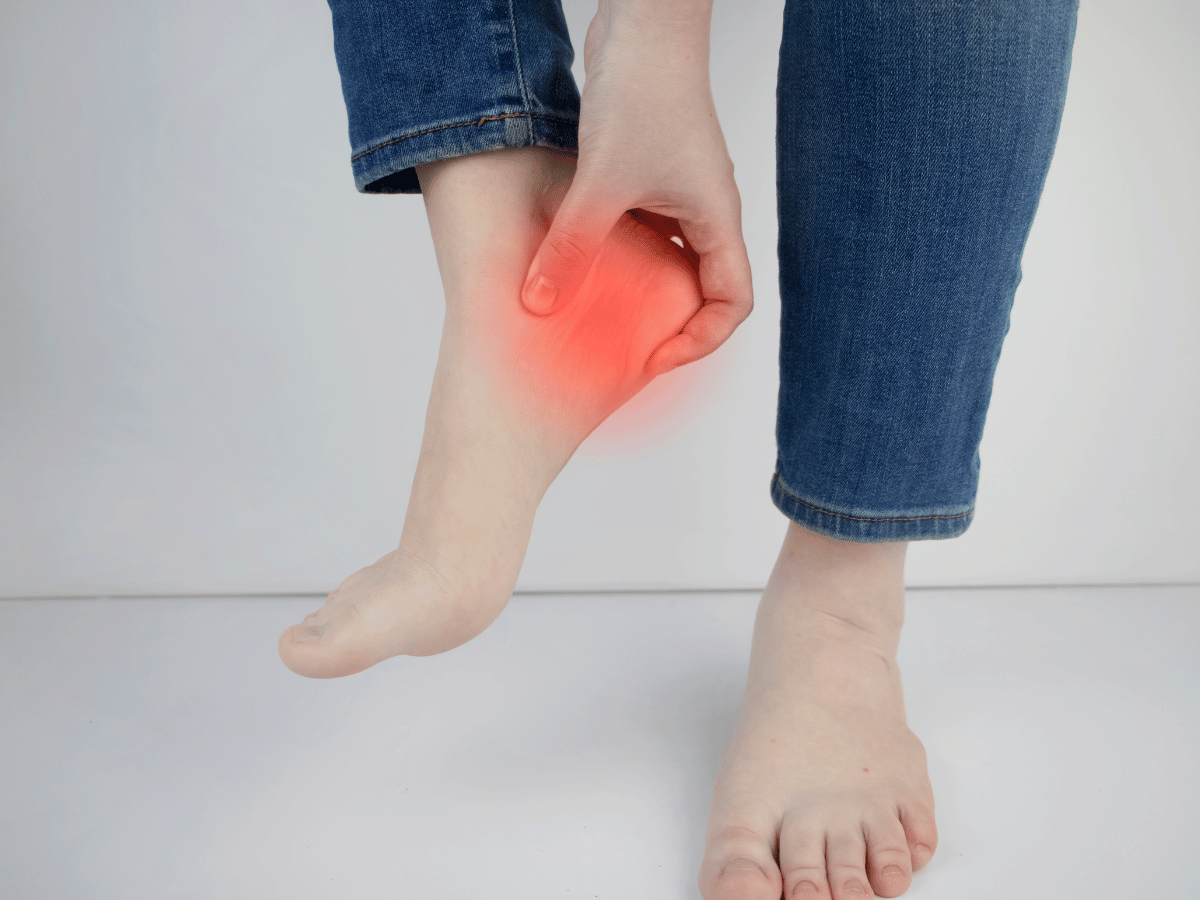
If you’ve ever experienced a hard, painful bump at the back of your heel, especially after wearing stiff-backed shoes, you might be dealing with something more than just an uncomfortable shoe. That persistent protrusion could very well be a pump bump, medically called Haglund deformity.
Haglund deformity refers to a bony enlargement at the posterosuperior corner of the heel bone (calcaneus). It’s called a “pump bump” because it’s commonly triggered or worsened by wearing firm, high-riding shoes like pumps. While the name may sound harmless, this condition can significantly impact daily comfort, especially if left untreated.
This condition is not the result of a single event but rather a culmination of factors leading to repetitive irritation near the Achilles tendon. Over time, the bony prominence causes friction against footwear and inflames the nearby soft tissues like the retrocalcaneal bursa—a fluid-filled sac meant to reduce friction.
In clinical practice, we often see that this constant pressure and grinding between bone and shoe encourage the heel bone to react with inflammation and additional bone growth, worsening symptoms if not managed early.
The symptoms can sneak up gradually but tend to worsen over time:
Many patients initially think they’re dealing with basic blisters or shoe bites. But when the pain becomes chronic or starts affecting footwear choices, that’s usually when they seek help.
Not everyone develops a pump bump. What makes some people more prone?
Women—especially those who frequently wear high heels—often show early signs. In athletes, repetitive heel impact (such as running or basketball) sets the stage for long-term complications.
Diagnosing Haglund deformity is primarily a clinical process, though imaging can help confirm the severity and rule out other conditions like Achilles tendonitis or calcaneal spurs.
This comprehensive approach ensures that we’re not just treating the symptoms, but understanding the root cause.
Most patients begin with a conservative treatment plan, and for many, this is more than enough to find relief.
Many patients see excellent progress simply by modifying footwear and making minor lifestyle adjustments—often, these steps prevent the need for more invasive procedures.
If conservative measures fail after several months—especially if daily pain persists or worsens—we may discuss surgical intervention.
Our goal is always to restore comfortable function while minimizing downtime. Surgery is tailored based on lifestyle, age, activity level, and severity of the deformity.
Whether treatment is conservative or surgical, recovery is a vital phase.
Patients are closely guided through rehabilitation, focusing on long-term durability and function.
Even if you’ve never struggled with Haglund deformity, proactive steps can help. And if you have treated it before, prevention ensures it doesn’t return.
Addressing a small symptom early can save months of discomfort and therapy down the road.
Experiencing persistent heel pain or suspect a pump bump affecting your mobility? Let our foot and ankle specialists at South Florida Multi-Specialty Medical Group guide you through expert evaluation and tailored treatment plans. Don’t wait, early care leads to better outcomes.
Pump bump is a bony enlargement on the upper part of the heel bone that causes irritation, especially when rubbed by stiff-backed shoes. It often leads to pain, swelling and may inflame nearby tissues like the Achilles tendon or bursae.
These shoes exert pressure on the upper heel, irritating the soft tissues over time. This mechanical stress leads the bone and surrounding soft structures to become inflamed and enlarged.
The most reported symptoms include heel pain, a visible bump at the back of the heel, swelling, tenderness, and aggravation when wearing constrictive footwear.
Evaluation includes a physical exam, imaging (X-rays, MRI), and patient history. These help differentiate it from similar issues like Achilles tendonitis or bone spurs.
Yes. Footwear modification, custom orthotics, physical therapy, ice application, and anti-inflammatory medications often relieve symptoms without surgery.
Surgery is considered when symptoms persist despite several months of conservative treatment and when the pain interferes with daily life or mobility.
It’s possible, especially if the underlying causes like improper footwear or biomechanical issues aren’t addressed. Post-treatment prevention is crucial.
Yes. Women often wear high-heeled shoes that contribute to constant heel pressure, increasing their risk for developing this condition.
Your well-being is our top priority. Reach out today to discover how our dedicated team can support your health journey.
Have questions or want to learn more? Use the form below to get started!
Connect with South Florida’s trusted multispecialty care team and take control of your health with compassion and convenience.
©2025 South Florida Multispecialty Medical Group. All Rights Reserved.